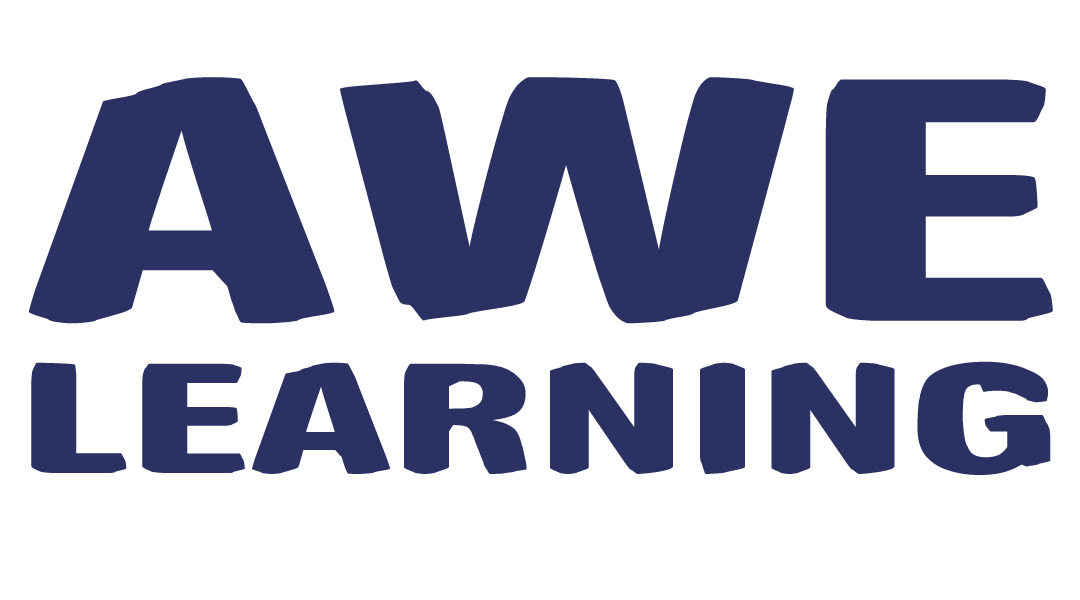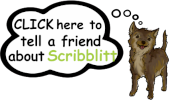 ABOUT THE SECRET LANGUAGE OF BIRDS
ABOUT THE SECRET LANGUAGE OF BIRDS
Finding your own flock of friends is not easy for all middle-schoolers. Like birds, preteens come in all shapes and sizes, and it can be tough to find the perfect friendship specimens. Nina tends to find communing with nature and birds easier than figuring out people. Maybe a stay at Aunt Audrey’s camp will help her develop the friendships that she has been searching for. When she meets a trio self-named the “oddballs,” Nina finally finds a group that accepts her and all her idiosyncrasies—like her love for and knowledge of birds. And when she comes across a whooping crane nest, the rarest of all birds and ones not seen in Texas in over 100 years, right inside the campgrounds, she knows she will need their help in protecting the birds.
After Nina reports the endangered birds to Wildlife Patrol, the male is quickly identified by the tracker around his ankle, but the female’s tag is missing, and nobody knows how to identify her. Nina is determined to figure out who the mystery bird is before the eggs hatch. If only she could understand the secret language of the birds as they call to one another. Nina knows what it feels like to be forgotten—can she help her to finally be seen?
.jpg) ABOUT LYNNE KELLY
ABOUT LYNNE KELLY
Lynne Kelly is the award-winning author of Song for a Whale, which won the Schneider Family Book Award and was named one of the best books of the year by the New York Public Library. The eagerly awaited book, The Secret Language of Birds is a beautiful coming-of-age story that encourages young readers to be creative, follow their passions, and understand how friendships develop and grow and change over time. Lynne Kelly has crafted another instant classic, with a heroine to cheer for and relate to. She lives near Houston, Texas, with her dogs, Abigail and Eloise.
OUR INTERVIEW WITH LYNNE KELLY
Q: When did you start writing children’s books and how did you first get published?
A: I started writing in 2006, when I got an idea for a story about a captive elephant. I was a teacher at the time, and at first I was thinking it’d be a good story to tell my students at school. Later, I thought it might be for a larger audience, beyond my own classroom, but I had a lot to learn about writing and publishing. Fast-forward six years, and that story grew into Chained, my first novel! I didn’t know it would be such a long journey, but I found that I enjoyed seeing an idea unfold into a story, and I wanted to keep writing books.
Q: What inspired you to write The Secret Language of Birds?
A: I was trying to think about what to write next, and I learned from this Texas Monthly article that whooping cranes are nesting in Texas for the first time in over a hundred years. Also, I’d been thinking it’d be interesting to write a novel with Nina from Song For a Whale as the main character. I took some time to get to develop Nina’s character more so she’d be well-rounded enough for her own story. She’s someone who goes all-in on whatever she’s interested in at the moment, and I decided that she’ll be really into birds now! I made up a summer camp and gave her that momentous nest discovery.
Q: What is the process you followed: did you use a plan? Did you develop the characters or the storyline first?
A: I’m not a big planner but getting to know the characters helps me figure out the story. If I know them well, like they’re real people, I’ll know how they’ll respond to the story events. I like to discover the story as I go along, and I do my best work when I free write without stopping to overthink it. It does help to have some turning points in mind so I know where I’m headed, and I usually have a rough idea of the ending. Of course there will be a lot of revision to do later, when I’ll whip everything into shape and make it as strong as possible before sending it off.
Q: Do you have to be a bird-watcher and nature-lover to write about one or does writing involve a lot of research?
A: It certainly helps to be interested in the subject, but I always research the animal and setting I’m writing about anyway. Personal experience can inform the story and the character’s emotions, and research can fill in the gaps, since there’s always more to learn. Since stories take a lot of time and work, I can’t imagine writing about something I wasn’t really interested in.
Q: What is your favorite part of The Secret Language of Birds and why?
A: I think my favorite part is when Nina figures out what she’s overlooked all along and answers the question she’s had all along about the mother crane.
Q: Which character is most like you?
A: I put some of myself into every character—I think every writer does that—but I might be most like Nina! I’ve always loved animals, and I’m curious about a lot of things.
Q: What is the message you want readers to take away from The Secret Language of Birds?
A: Something Nina learns is that there are times to speak up and times that we’ll learn more by standing back and listening, which is a good message for anyone. Another is that even if you feel like you don’t quite fit in, you can find your flock!
Q: When did you know how you wanted this story to end?
A: I like to have an idea of the ending when I start the book, and ideally it’ll connect to the beginning. As I write the story, I’ll get a clearer picture of the final scene. Since Nina is accidentally abandoned by her family at the beginning of the story, I knew I wanted to have a scene with them together at the end.
Q: What advice do you have for aspiring young writers?
A: I think the best advice is to write a lot and read widely. Reading lots of stories helps us get a feel for good storytelling, and like any other skill, we get better with practice. Also, when you’re writing a story, try to keep your internal editor out of the way. Get to know your characters, tell their story, and remember there’ll be time for revising later.







